Self-assessment heralds the most dramatic change to the tax system since income tax was reintroduced by Robert Peel in 1842.
It has three fundamental features:-- From 1996/97 a taxpayer will have the ability to self-assess; that is to compute and pay his tax liability without reference to his inspector of taxes.
This will still be voluntary.
-- There will generally be no verification of the accuracy of the information in the return by correspondence with the taxpayer or his agent.
-- From 1997/98 income tax will be calculated on a current year basis, rather than on the preceding year, with special rules for 1996/97.FORM OF RETURNThe new tax return will be issued in April 1997.
Final trials are now taking place to determine its precise format.
Generally, self-assessment has done little to simplify the tax system.
Although taxpayers with relatively straightforward tax affairs may be able to carry out self-assessment unaided, it is unlikely that those with substantial or diverse sources of income will be able to do so accurately without professional assistance.
One aspect which has caused considerable debate relates to business accounts.
Sched 3 to the tax return requires stand ardised accounts, with a limited number of prescribed captions for different categories of income and expenses.
The taxpayer will have to transcribe the information from his own accounts to the most appropriate caption.
There are two reasons for standard accounts.
First, the Revenue wishes to keep to the minimum the amount of documentation submitted.
Secondly, the accounts information is to be fed into the Revenue computer so that apparent variations from the norm can be highlighted for audit purposes.
Taxpayers engaged in anything other than small or simple businesses may be well advised to file full accounts as supporting data to protect themselves against a possible 'discovery' assessment, discussed below.FILING DEADLINESTaxpayers who wish to self-assess must file their return and self-assessment by 31 January following the end of the year of assessment; thus the 1996/97 return must be filed by 31 January 1998.
Taxpayers not wishing to self-assess must file their return by 30 September following the end of the year of assessment: so the 1996/97 return must be filed by 30 September 1997.
Radical changes are made to the taxation of partnerships.
There will be no partnership assessment as such.
Each partner will be responsible for his own tax, and will have to include his share of partnership profits in his own return.
A separate partnership return will also have to be submitted centrally to the Revenue, with particulars of income and capital gains, and details of each partner.
This return is to be accompanied by a 'partnership statement' summarising the income or loss from each source, and the share of each partner therein.
The normal filing date will be the same as for the personal tax return, namely 31 January following the end of the tax year.
ESTIMATESOn the filing date full information may not be available.
The taxpayer will then have to make a reasonable estimate and identify it in his return with an explanation.
As soon as the correct figure is known the Revenue should be notified.VATUATIONSValuations will be required in a number of cases and should be included in the return.
Where a valuation is considered to be provisional it will be treated as an estimate, with the treatment set out above.
Where it is a fully considered figure it will be regarded as the final figure and not subject to amendment under a discovery assessment, provided that the valuation falls within a reasonable range of valuations which may have been made by a valuer acting bona fide and fully instructed on the facts.
CLAIMS AND ELECTIONSUnder self-assessment there is a comprehensive set of procedures for all claims, elections and notices.
Claims and elections relating to the year of the return generally are to be made by inclusion therein.
ELECTRONIC LODGEMENT SERVICE Provision is made for electronic filing of returns, using software approved to meet electronic lodgement service specifications.
There will be standard electronic mail facilities to a central Revenue computer.
The transmission will have to be made by a person approved by the Revenue, any Revenue requirements relating to the hardware or software will have to be complied with, and an authenticated hard copy will have to be made.
RECORD KEEPINGComprehensive records must be retained to support the information on the tax return.
Business records must include particulars of all receipts and expenses, all goods purchased and sold and all supporting documents P namely accounts, books, deeds, contracts, vouchers and receipts.
For other income, items such as bank statements or dividend vouchers must be retained.
Employees will need to keep their P60s and evidence of all taxable benefits received.
All business records must generally be retained for five years from the filing date.
For persons not engaged in a business, records must normally be kept until the first anniversary of the filing date.
Where a Revenue enquiry is under way, the records must be kept until the enquiry is completed, if later.POST-TRANSACTION RULINGSA post-transaction rulings procedure will enable taxpayers to ascertain the Revenue's view of the consequences of a particular transaction.
The system is likely to be non-statutory.
Subject to full disclosure by the taxpayer, the Revenue will be bound by any favourable ruling.
A taxpayer will not be bound against an adverse ruling.

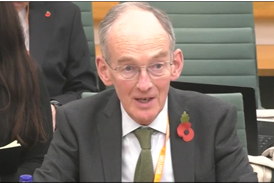






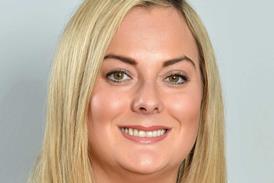




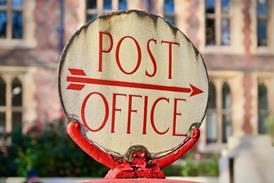



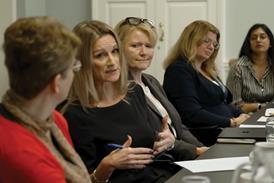
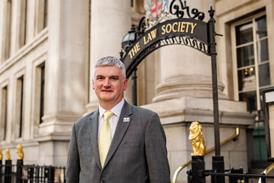
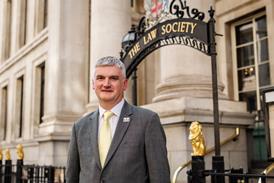







No comments yet